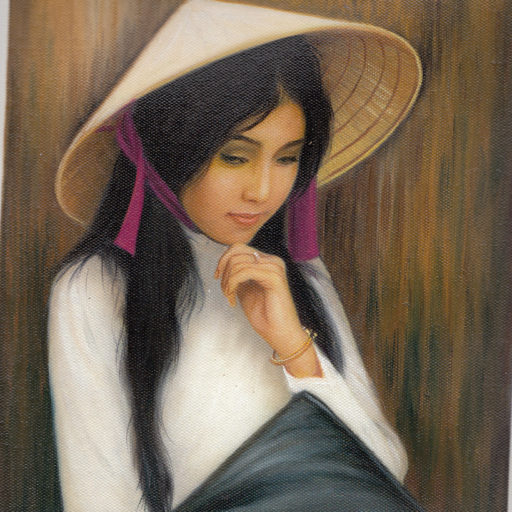Japan in the Eyes of Hollywood
Japan has long been a popular location for Hollywood filmmakers. But films set in Japan often promote the image of Japan as a mysterious and exotic land,
and are filled with stereotypes and simplifications that reflect not so much the everyday realities of Japan as what Americans want to see : geisha, saurai, gangsters, and martial arts experts-not ordinary people.
For example, the hit movie Memoirs of a Geisha reinforces the erotic and alluring stereotype of Japanese women-though ironically many of the major female roles were played by Chinese actresses.
The film Sayonara portrays Japanese woman as elegant, reticent, and bashful, While this film takes up the serious topic of interracial marriage,
one happy American in the movie declares, “This is the life !” as his demure Japanese wife dutifully scrubs his back in a Japanese tub.
Even in the James Bond movie You Only Live Twice, the attractiveness of the iconic Japanese woman lies not just in her coyness and physical beauty but in her sense of self-sacrifice.
Oddly, though, when a movie features a romance, it is nearly always between a Japanese woman and a Western man.
Japanese martial arts, because of their special Oriental power, also feature heavily in Hollywood films.
Although a lighthearted approach is taken with The Karate Kid, other films like Ninja or The Yakuza place heavy stress on the deadly aspect of martial arts.
In the 1980s, when Japan was feared for its economic prowess, movies like Rising Sun and Black Rain depicted Japanese corporations as ruthless and as enjoying loose ties with organized crime.
By indirectly glorifying violence, such films do not promote a very flattering image of Japan.
Of course, a number of World War 2 movies like earl Harbor, in which the attack on Pearl Harbor by the Japanese is used as the backdrop of a romance, portray the Japanese simply as a deadly enemy to be defeated.
Although Hollywood still does promote stereotyped images of Japan to some extent, there are some films that aim to defy those stereotypes and introduce traditional Japanese culture and history to American.
The nine-hour television mini-series and subsequent feature film Shogun is loosely based on a historical figure, William Adams: an English pilot on a Dutch merchant ship shipwrecked on the shores of Japan who was ultimately promoted to the status of samurai.
Despite its gratuitous violence, The Last Samurai portrays the attempts of an American adventurer to understand the esoteric code of the samurai and their aesthetic world.
Furthermore, World War 2 movies like Tora ! Tora ! Tora ! and the highly acclaimed Letters from Iwo Jima portray the Japanese side in a fair light.
Even some recent comedies, such as Mr. Baseball and The Ramen Girl, have a serious underlying theme.
naturally, the cultural gaps of these movie is to portray an American in a desperate struggle to comprehend and adapt to Japanese ways.
This shift in focus is another welcome trend.
Part 3. Japan in the Eyes of Hollywood
 自己学習
自己学習
コメント